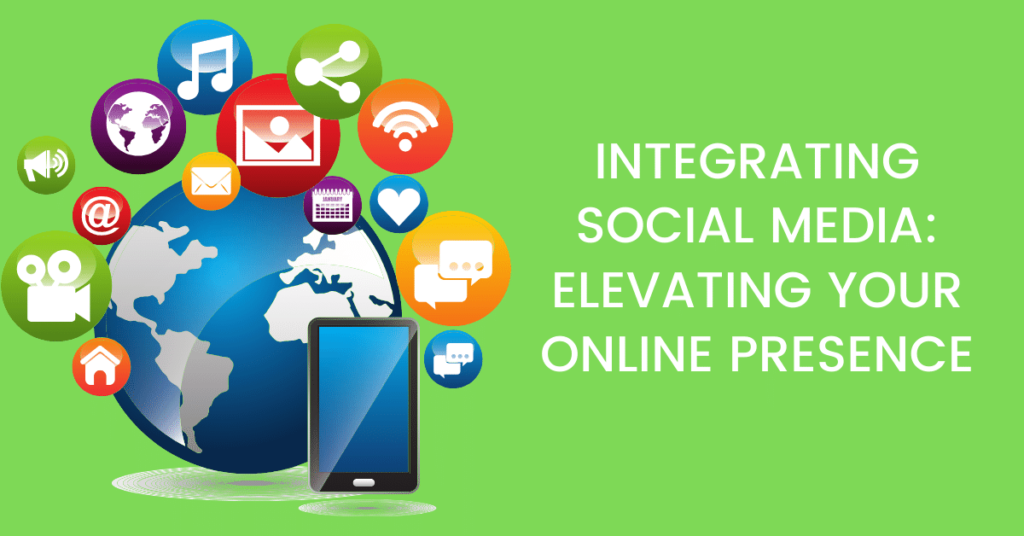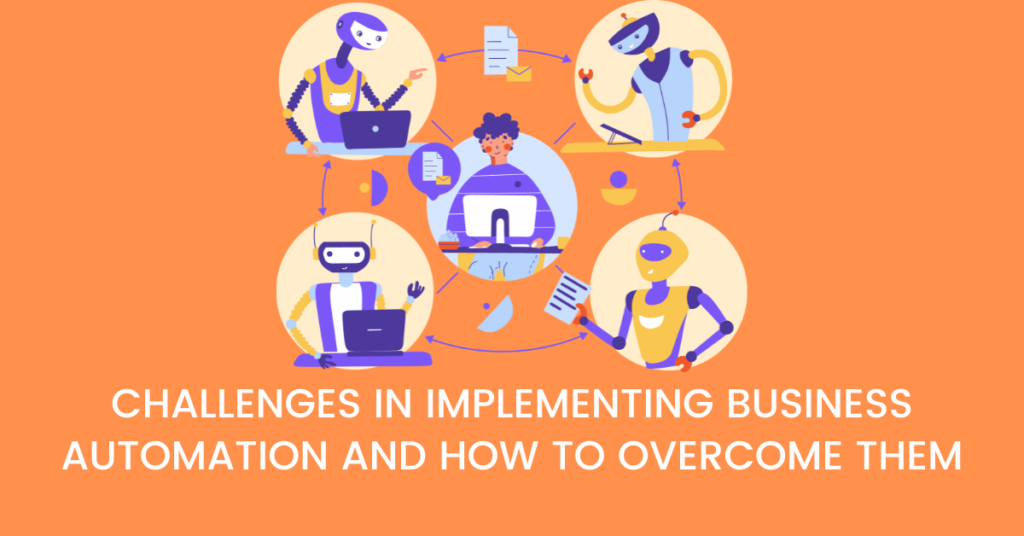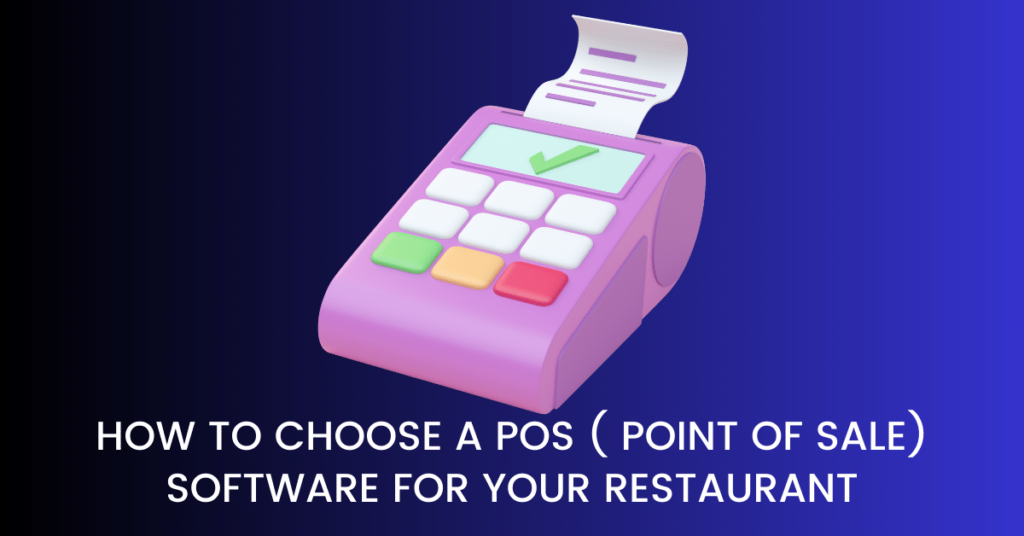In the ever-changing landscape of technology, the terms “app development” and “software development” are often used interchangeably, creating a confusion among lot of people. However, these two concepts represent distinct areas with unique characteristics and purposes. In this article, we will try to explain the differences between app development and software development, shedding light on their respective scopes, functionalities, and applications.
Defining App Development
App development, short for application development, focuses on creating software applications designed to run on mobile devices such as smartphones and tablets. Mobile apps are tailored to leverage the specific features and capabilities of mobile platforms, providing users with a seamless and optimized experience. App development encompasses both native and cross-platform approaches.
1. Native App Development:
Native apps are built for a specific operating system, such as iOS or Android, using programming languages like Swift for iOS and Java/Kotlin for Android. These apps can fully optimise the device’s capabilities and offer superior performance.
2. Cross-platform App Development:
Cross-platform apps are designed to run on multiple operating systems using a single codebase. Technologies like React Native, Flutter, and Xamarin enable developers to write code once and deploy it on different platforms, streamlining the development process.
Defining Software Development
Software development is a broader term that encompasses the creation of all types of software, including desktop applications, web applications, and server-side applications. Unlike app development, which is more specialized for mobile devices, software development addresses a wide range of computing needs across various platforms.
1. Desktop Software Development:
Desktop software applications are designed to run on traditional desktop or laptop computers. Examples include word processors, graphic design software, and accounting applications. Developers use languages like Java, C++, or Python for desktop software.
2. Web Software Development:
Web development involves creating applications accessed through web browsers. Web apps can range from simple websites to complex online platforms. Technologies like HTML, CSS, and JavaScript are fundamental to web development.
3. Server-side Software Development:
Server-side development involves creating applications that run on servers and interact with databases, managing the logic behind the scenes. Common server-side languages include PHP, Node.js, and Ruby on Rails.
Distinguishing Factors:
Scope of Operation:
- App development primarily targets mobile devices and their operating systems.
- Software development spans a broader spectrum, encompassing applications for desktops, web browsers, and servers.
Target Devices:
- App development caters to the unique features of mobile devices like touchscreens, GPS, and cameras.
- Software development addresses a variety of devices, including computers, servers, and sometimes mobile devices.
Development Approach:
- App development emphasizes creating a user-friendly and platform-specific experience.
- Software development prioritizes functionality across diverse platforms and devices.
In conclusion, while app development and software development share common ground, they cater to different needs and platforms. App development specializes in crafting applications for mobile devices, optimizing user experiences, and leveraging specific device capabilities. On the other hand, software development encompasses a broader range of applications, including desktop, web, and server-side solutions. Understanding these distinctions is crucial for businesses and developers aiming to embark on digital ventures tailored to specific platforms and user experiences.




